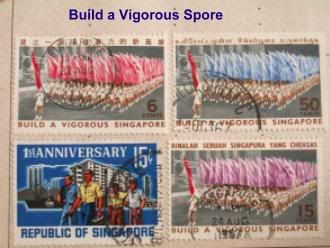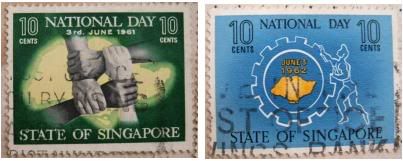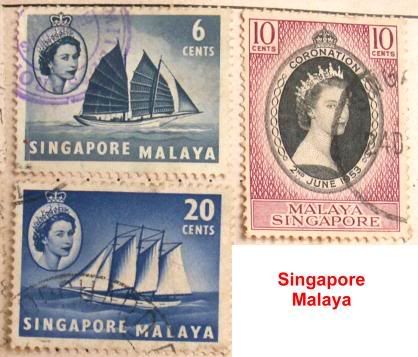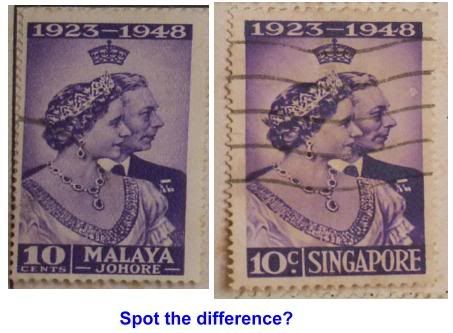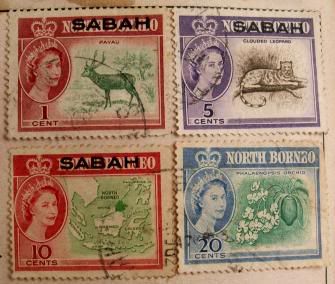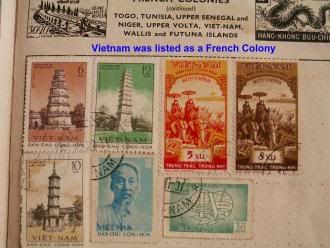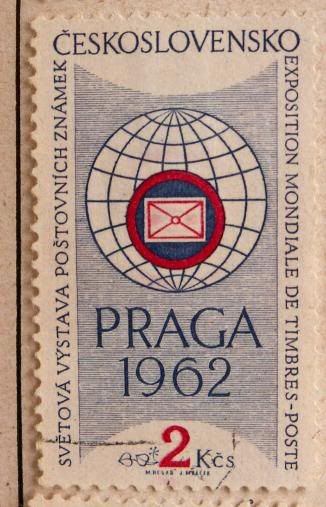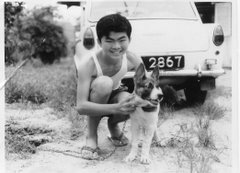 Chinatown Boy's fond recollection of the Volkswagen Beetle and the very, very popular movie, Love Bug (Herbie is at it again!), brings back some memories.
Chinatown Boy's fond recollection of the Volkswagen Beetle and the very, very popular movie, Love Bug (Herbie is at it again!), brings back some memories.My family used to own a beetle. But sad to say, it had many problems (I must clarify that ours was an old, second-hand model). Once, I attended a party in the Officers' Mess in Mandai camp. I drove the family car but when it was time to go home, it wouldn't start. It caused considerable embarrassment as I was supposed to fetch some ladies home. Fortunately, my platoon was around that evening. And having whipped them into tip-top physical condition through months of combat engineers training, I got to reap the rewards of my labour. It was no sweat for my boys to push start the beetle.
The car also brings back some memories about our grave-sweeping days in Bishan. As this is the Ching Ming (清 明)period, I might as well take the opportunity to educate the youngsters about the Bishan cemeteries.
My father used to bring us each year to Pek San Teng ( 碧 山 亭) or Kampong San Teng, as it was called those days, to pay respect to his elders; most of whom we do not even know. It was always a very tiresome affair. The weather was usually hot; and it was made worse by the burning of joss sticks and papers and even grass; as well as the traffic jams. It was also hard work to locate the graves and cut the over-grown lallang. Many hours were also spent to prepare the worshipping paraphernalia and food (for offering) and paint for the faded words on the grave stones, sharpen the sickles and so on.
One of the most frustrating parts of this annual exercise was to locate the graves. Based on what I can remember, the system of organising the cemeteries was really lousy. My brothers agree with me. Let me explain a bit about the system.
The entire area was divided into a series of 'hills' and 'pavilions'. For example, one of the hills was located at the spot behind the old Braddell-Toa Payoh flyover (where there used to be a petrol station) So to locate a particular grave, you must know the name of the hill and the pavilion number; for example 黄福山, 第五亭 (Wong Fook Hill, Pavilion No. 5). Then comes the difficult part of finding the exact grave in this section. And it didn’t help when we were not sure of the exact words written on the grave stones. As it was an annual event, my father often had difficulty remembering all these details from a year ago. Oftentimes, the writing on the graves were faded. In fact, finding the hill itself in the vast Bishan area was quite an achievement in 'topo' as the army boys would call it. Anyway, I was too young at that time, and I merely followed where the older ones led.
Another thing I remember about this annual exercise was the grass cutters. These people will pester us to let them cut the over-grown lallang at the graves and charged an exorbitant sum.
 Often they simply will not take no for an answer; and occasionally this led to ugly incidents. What they would do was to hop on your car bumper to get a ride to your destination. And their favourite car was the Volkswagen Beetle because it had an extended stainless steel bumper which provided a convenient standing platform for the bumpy ride.
Often they simply will not take no for an answer; and occasionally this led to ugly incidents. What they would do was to hop on your car bumper to get a ride to your destination. And their favourite car was the Volkswagen Beetle because it had an extended stainless steel bumper which provided a convenient standing platform for the bumpy ride.And for all our hard work, we were rewarded with a big makan session when we returned home.
Last week, I had a meeting with the other friends of Yesterday.sg. I met Kenneth who stays in Bishan. Like many young Singaporeans, he knows of the history of Bishan as a former burial ground, but he just could not picture it. I hope this post has helped a little. Unfortunately, I do not have any photos to illustrate.
Before I end, I would just like to take a moment to clarify that I no long practice ancestral worship. As Christians, we are commanded to honour our earthly parents, but we are only to worship our Creator God and not humans. However, to honour the memory of my parents, and to express the value that I place on my relationship with my siblings, I accompany them each year to Siong Lim Temple where my parents' ashes are kept; and where they do the worshipping. After that we adjourn for lunch to catch up and have warm fellowship.
Footnote:
As I type, it’s starting to rain outside. Suddenly, I recall this famous Tang (Dynasty) poem about Qing Ming
清明 (杜牧作)
清明时节雨纷纷
路上行人欲断魂
借问酒家何处有?
牧童遥指杏花村。
Translation: (Source: Learn Chinese Stories, Idioms, Sayings: Chinese Poem - Qing Ming by Du Mu)
It drizzles endless during the rainy season in spring,
Travelers along the road look gloomy and miserable.
When I ask a shepherd boy where I can find a tavern,
He points at a distant hamlet nestling amidst apricot blossoms.
My friend Simon Chu used to recite a very funny, but crude parody of this famous poem. I will ask him to share with you later.












